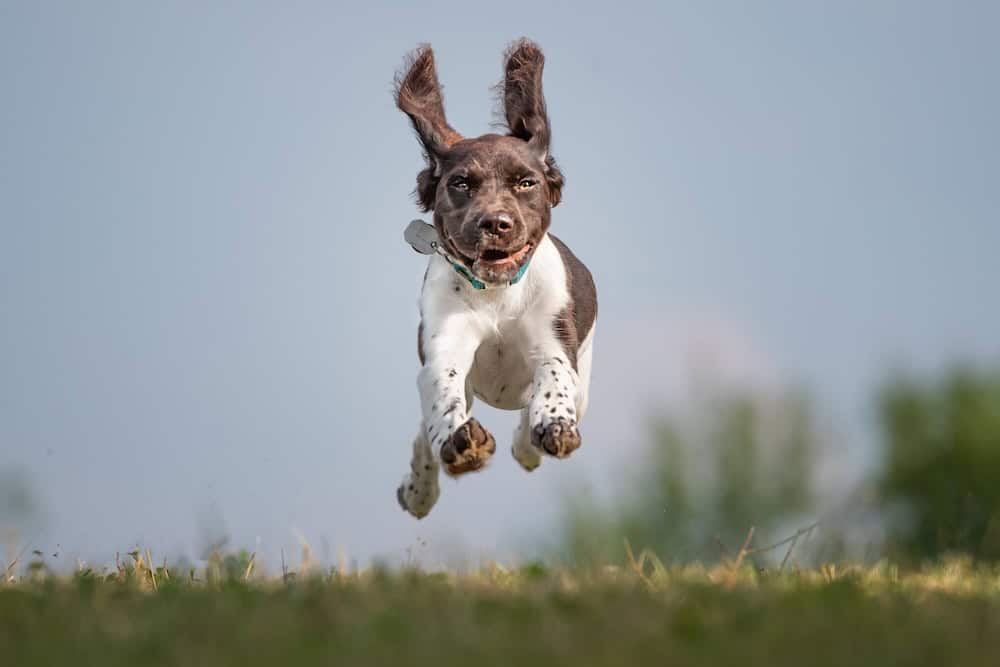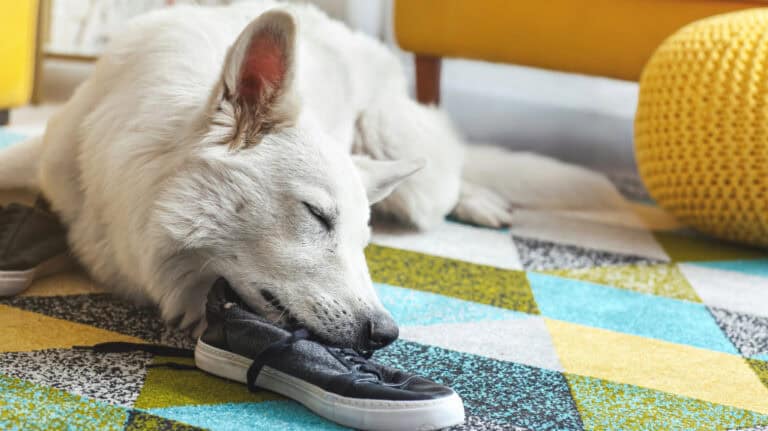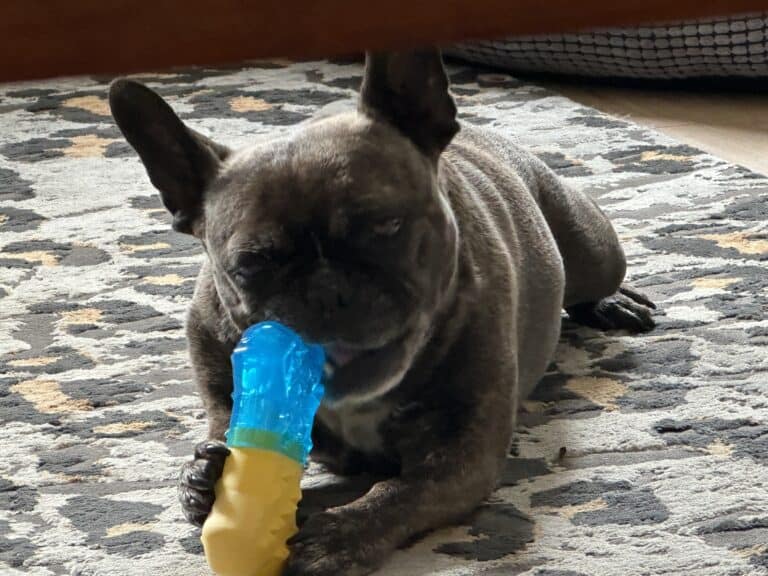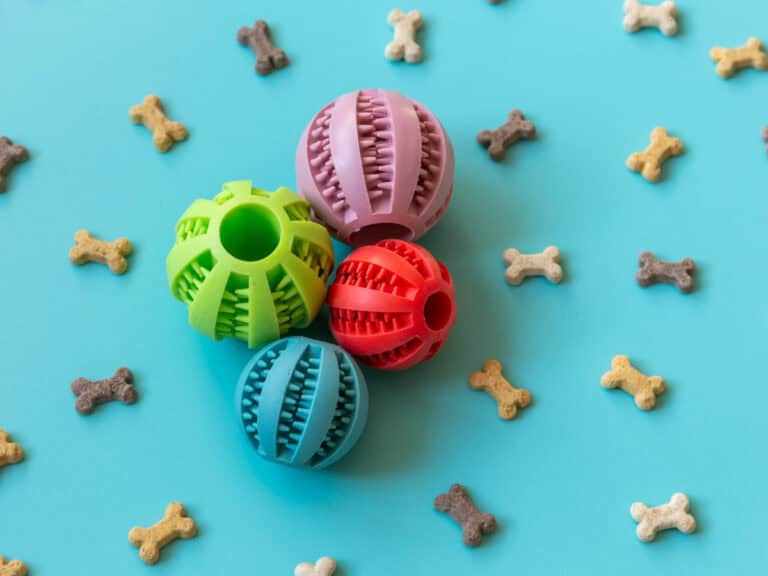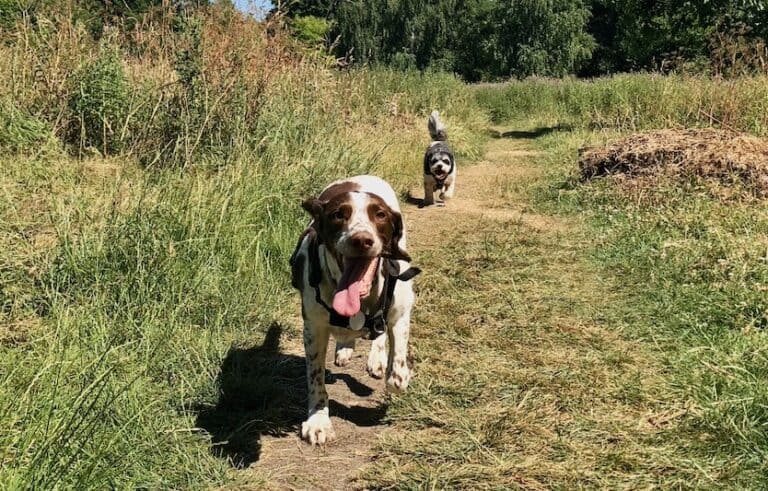Dog Recall Training: Why Your Dog Ignores You and How to Fix It
The Pet Coach features affiliate links and participates in the Amazon Services LLC Associates Program. If you choose to make a purchase through one of these Amazon links, I may earn a small commission—at no additional cost to you. These affiliate earnings help support the website and allow me to continue providing free content for pet parents. For more details, please see my disclosure policy.
You've felt that stomach-dropping moment when your dog sprints off, totally deaf to your calls, choosing a stray squirrel or another dog over you. It's frustrating, but it's not defiance – it's just your dog's biology at work. Your dog’s brain is naturally wired to prioritise immediate, high-value rewards found in the environment (like a thrilling chase or a sniff of something fascinating) over your voice.
The first step to a rock-solid recall is understanding this fundamental truth: your voice is just a sound until you make it the most valuable thing in their world.
I'm a professional dog trainer and certified companion animal behaviourist, I specialise in canine separation anxiety but over my 15 year career I've owned and run a dog school and helped countless dog guardians and owners with all kinds of challenging behaviour. You can learn more about me on the about page, or get in touch to tell me about your dog via the pop up form.
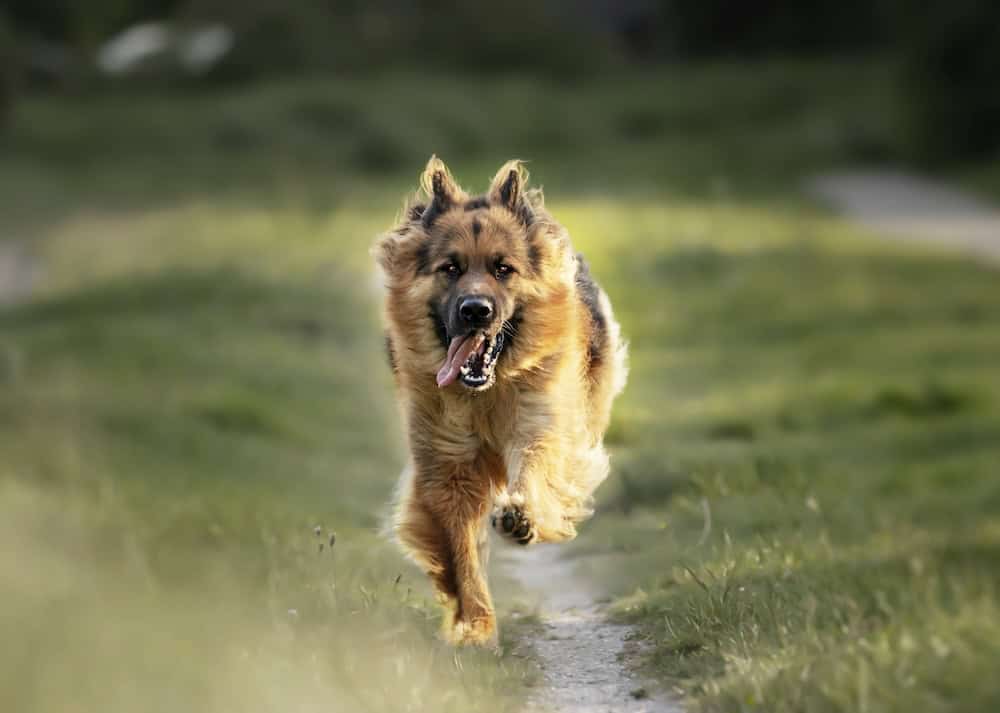
Why Distractions Trump Your Cues
When your dog ignores a “come” cue, they're simply acting on powerful, innate drives. It's a battle between instinct and training, and instinct often wins if the payoff isn't good enough.
Evolutionary Hard-Wiring
Eye stalk motor patterns – what people call chase and prey drive are millions of years old. To your dog, a running squirrel or a distant scent is a visceral, exciting stimulus, tht they are programmed to chase. Your recall cue needs to offer a greater, more immediate reward to compete with this powerful, natural urge.
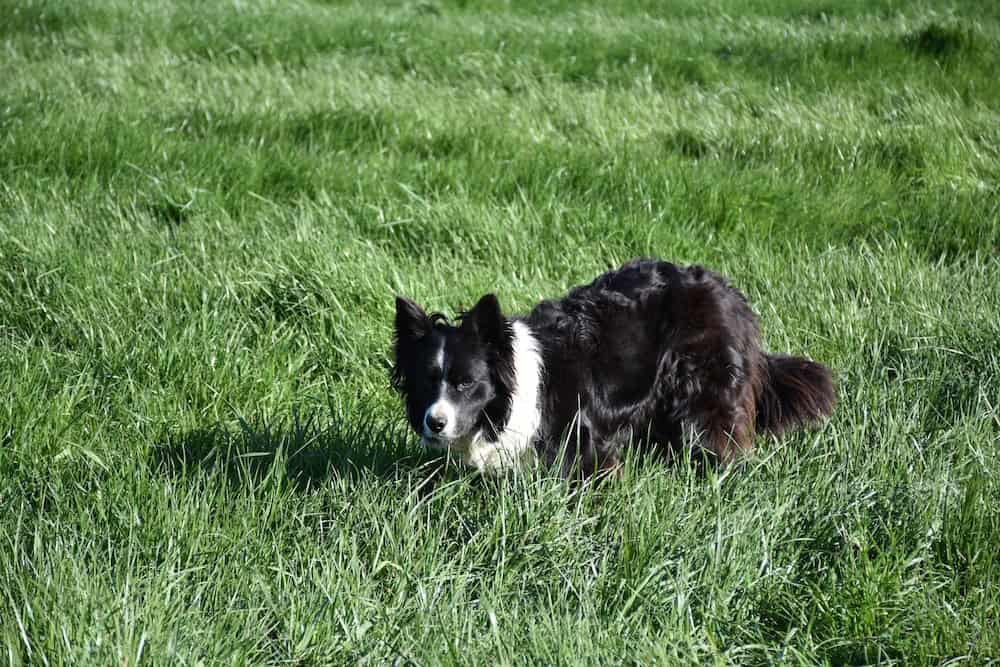
The Power of Scent
With up to 300 million olfactory receptors, your dog's nose detects an entire world of information we can't even imagine. A complex, intriguing scent trail is often an irresistible distraction that completely overrides learned behaviour like a recall.
Lack of Context and Complacency
If you’ve only ever practised recall in the quiet of your garden, your dog won't generalise that skill to a busy park. They don't understand that the word means the same thing everywhere. Furthermore, if the reward for coming back is inconsistent, or if they feel little urgency, familiarity can breed complacency.
Understanding these biological and environmental drivers is essential. We don't punish instinct; we simply teach a more rewarding alternative through positive reinforcement training.
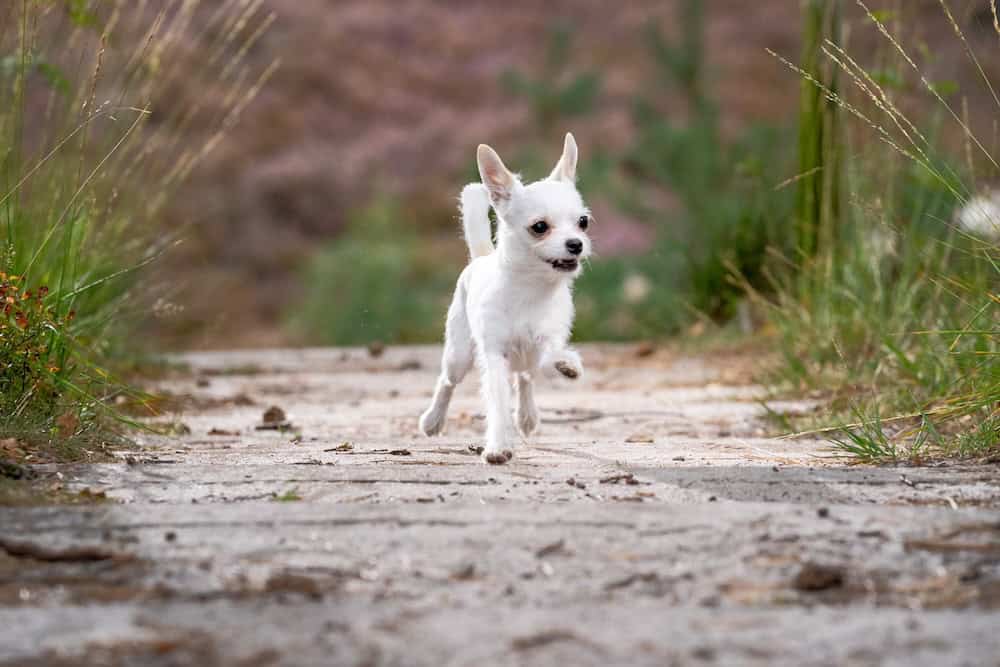
Moving Beyond “Leadership” and Building Trust
The outdated idea that a dog ignores you because they view themselves as the “pack leader” or “dominant” is scientifically inaccurate. Dogs are social animals, not pack-focused tyrants. When a dog ignores you, it's about motivation, communication, and trust, not hierarchy.
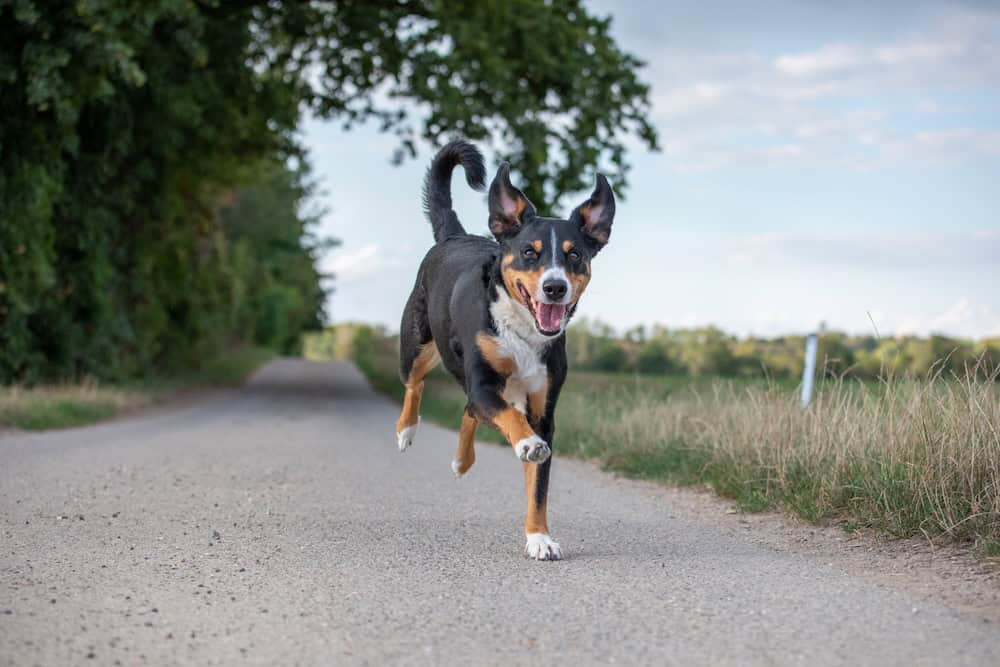
The Problem with the Dominance Myth
A dog that ignores a cue (you can use command here – more on why I use the term cue another time!!) often lacks one of two things:
- Sufficient Motivation: What's the payoff? Is a bit of dry biscuit or worse their regular kibble, worth abandoning an endorphin fueled chase?
- Clarity and Trust: Does the dog genuinely understand the cue communicated, and do they trust that returning to you won't lead to a negative experience?
Your goal isn't to be a “leader” or an “authority figure,” but to be your dog's trusted guide, best friend, and dispenser of all things wonderful.
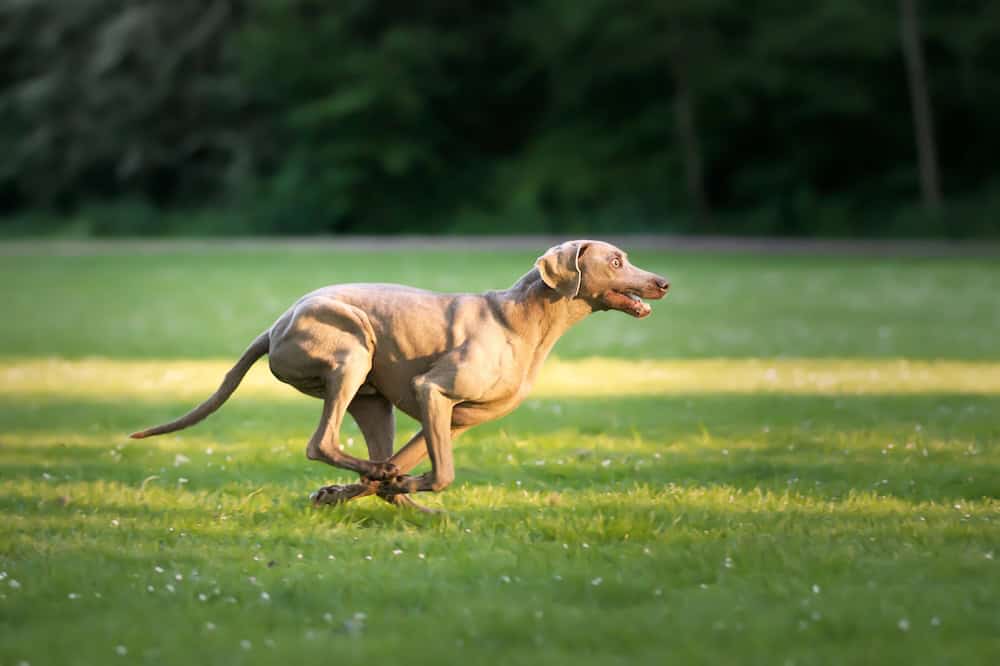
Consistency Builds Trust
Trust is built on predictability. You establish clear communication and a reliable relationship through:
- Identical Cues: Every family member must use the exact same word and hand signal, every single time.
- Generous Rewards: Coming back to you must always feel like hitting the jackpot.
- Kindness and Fairness: Training must be consistent and kind, reinforcing that you are a safe harbour no matter the distraction.
- Setting your Dog up for Success: Use a long line or recall line that's 5m long or so to prevent your dog from making mistakes.
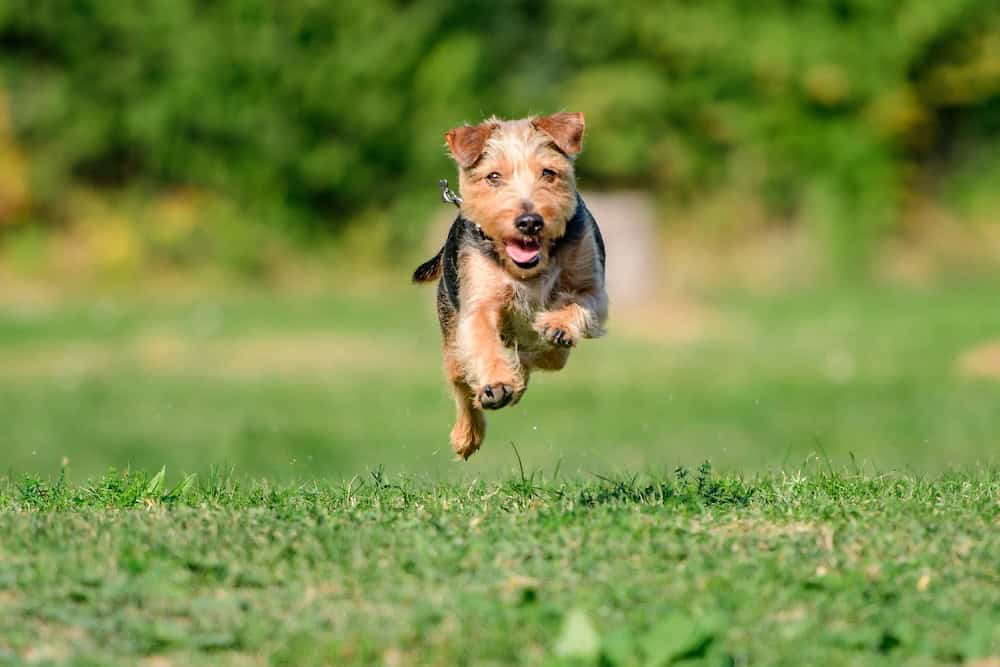
Why Punishment Sabotages Your Recall
While harsh methods may seem to work in the moment, fear-based training fundamentally undermines reliable recall. If you use punishment or intimidation, your dog begins to associate coming back to you with a negative experience – the opposite of what you want.
When fearful, a dog's natural instinct is to activate their fight-or-flight response, making them more likely to run away rather than approach you, uh oh.
The evidence is clear: Dogs trained using positive reinforcement demonstrate superior recall compared to those subjected to aversive techniques. If your dog is afraid of what happens when they get back to you, they simply won't return. You need to be a positivity magnet, and not a threat.
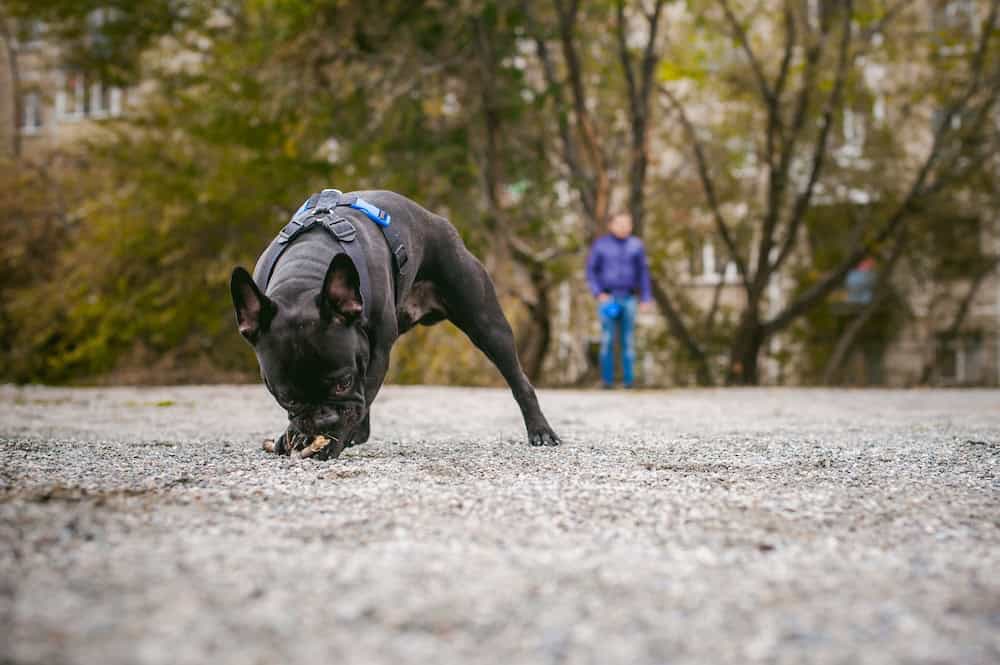
Building a Foundation: Name Recognition
Before you even begin recall training, your dog must have rock-solid name recognition. Their name is the “attention grabber,” the foundation that cuts through distraction and signals that something good is about to happen.
Teaching Your Dog's Name
- Start in a quiet environment.
- Say your dog’s name in a happy, upbeat tone.
- The instant they look at you, immediately say “yes” and reward them with a high-value treat.
- Practice frequently during positive, low-key moments where it's easy for them to get it right, and rehearse with success. Never use your dog's name when you are cross, as this creates a negative association.
Once your dog reliably snaps their attention to you upon hearing their name, you have the focus needed to introduce the recall cue, like come, here, or even a toot of a whistle.
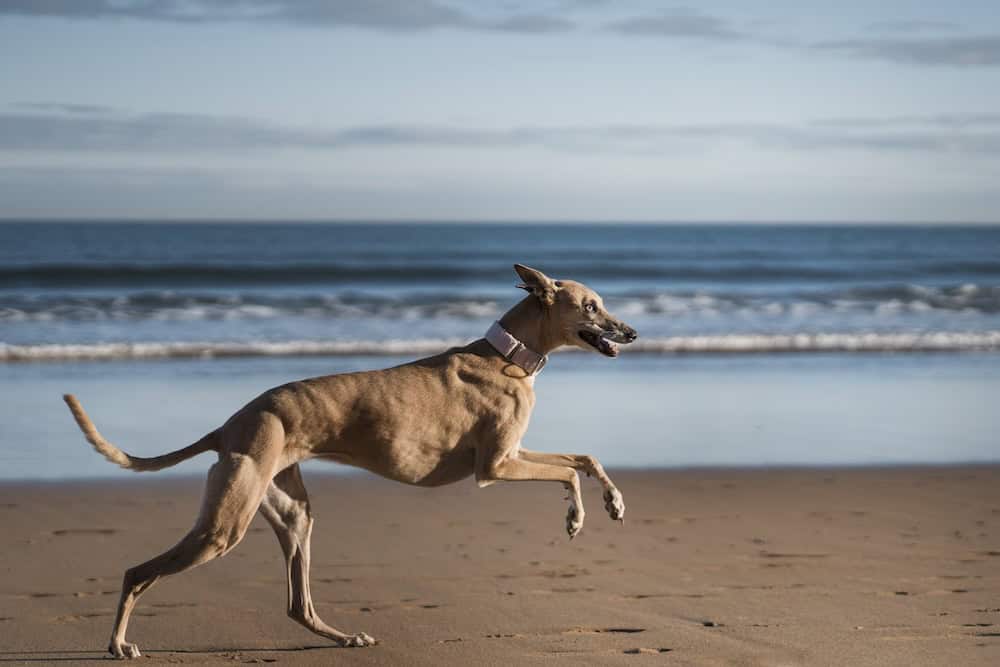
Making Yourself Irresistible: High-Value Rewards
The key to recall success is simple: coming to you must be the single greatest thing that happens in that moment. The cue for the recall (come, here or a whistle blow) must be strongly conditioned to mean amazing things to your dog.
Selecting High-Value Treats
Don't use the same kibble you use every day. To compete with a sniff of rabbit or the thrill of a chase, you need the “jackpot”—think:
- Succulent cubes of cooked chicken, freeze-dried liver, or how about sardine cake?
- Small pieces of premium cheese or sausage.
- Smelly, novelty treats that they only get for recall.
- Wet food or a paste in a dog food tube.
Timing is Critical
The reward must be delivered **immediately** upon your dog reaching you. This instant reinforcement establishes a powerful, direct connection between the recall cue, the action of returning, and the fantastic payoff. A clicker or word marker can be a fantastic bridge to a reward that teaches your dog “Yes, that's exactly what I wanted, this noise is a promise of food coming”.
Don't limit rewards to food. Incorporate a quick, exciting game with a favourite tug toy or an overly enthusiastic round of praise to increase their motivation and create genuinely joyful training experiences. Many dogs adore simply enjoy clapping and being cheerleadered, it doesn't have to be food all the time, non-food reinforcement and intrinsic rewards are extremely powerful.
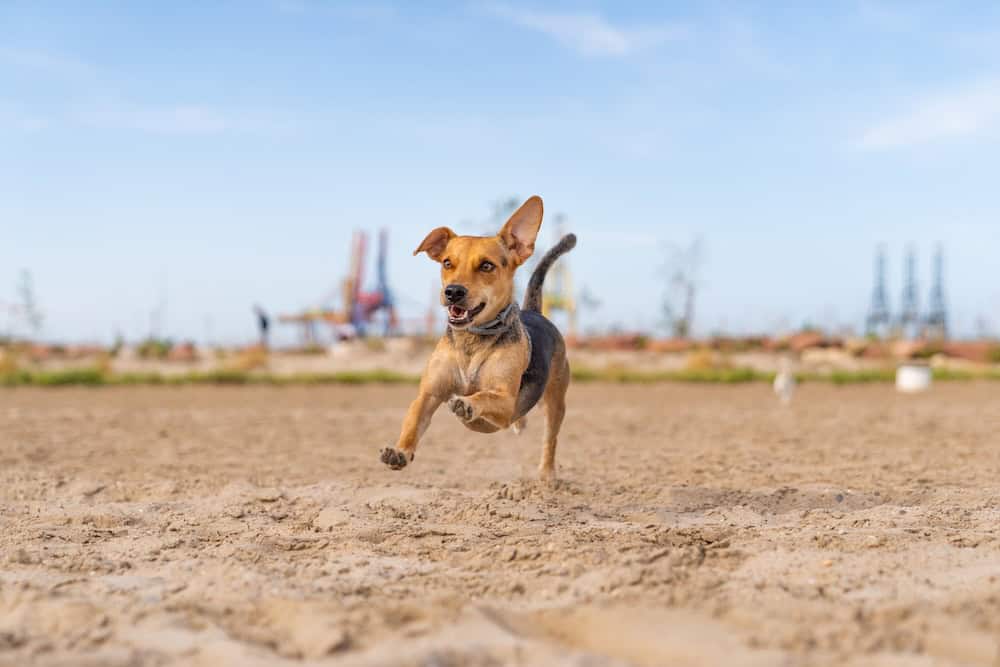
Managing Strong Drives: Scent and Chase
For dogs with a strong predatory motor pattern, prey or scent drive, even the best rewards can lose their appeal when instinct kicks in.
Competing with Chase Drive
- Introduce a chaser tug toy that satisfies their need to chase and grab in a controlled way, making the game with you the outlet for their drive.
- Use a high-value toy/reward to redirect the energy the moment you see a trigger. Your goal is to interrupt the instinct positively, before it takes over and they can't interript the behaviour chain.
Working with Olfactory Power
Instead of fighting your dog’s incredible nose, incorporate it! Use high-value, smelly rewards (like strongly scented meat or toys rubbed with a delicious smell) that compete with environmental scents. Gradually introduce various low-level scents during training sessions, teaching your dog to focus on your exciting smell/reward despite the others.
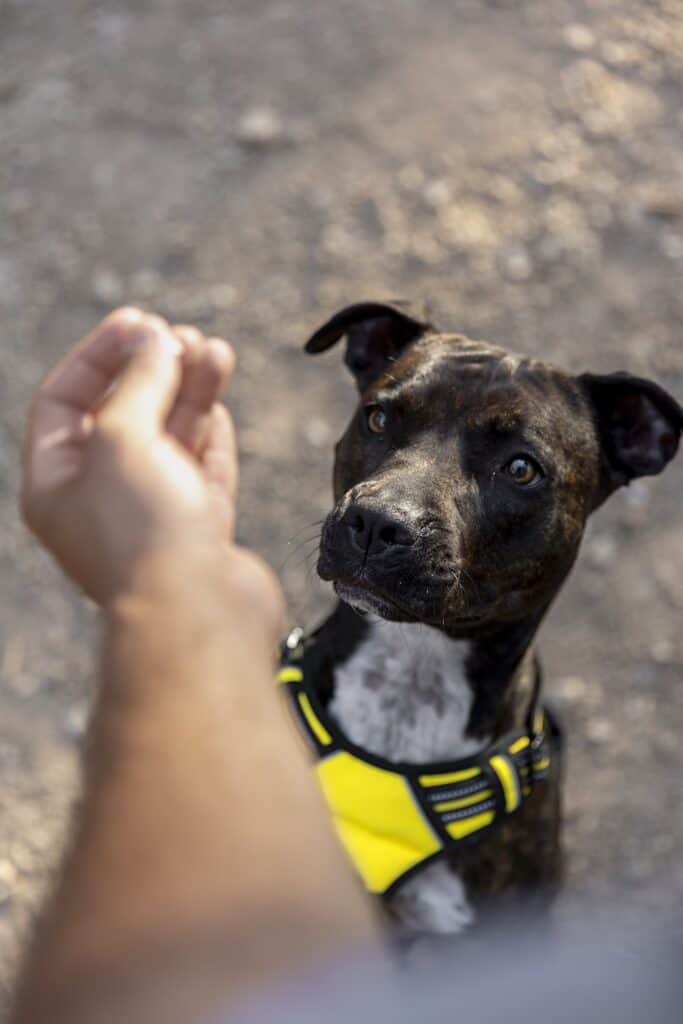
Addressing the Social Butterfly: Over-Socialised Dogs
When your dog's overwhelming desire is to greet every dog or person they see, you need to make yourself more appealing than their peers.
- Become the Fun: Make returning to you an absolute blast. Quick, interactive tug games or a sudden, tasty reward are better alternatives than rushing over to a strange dog.
- Controlled Practice: Start practising recall at a distance from other dogs where your dog can still focus. Use their return as the signal to get a huge reward and move further away from the distraction.
- Persistence: Consistency restores your position as their primary focus. The dog that returns always gets the jackpot.
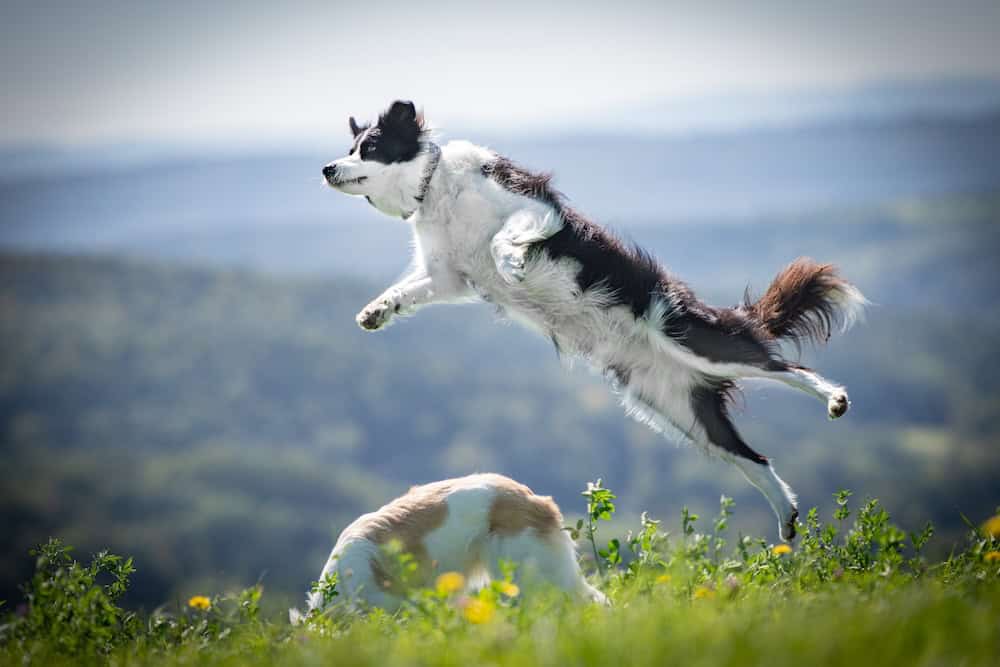
Practical Safety Strategies: Long Lines and Environment
Building a reliable recall requires systematic progression. You must ensure success, and you must guarantee safety.
Long Line Training
If your dog's recall is unreliable, or if they have a history of bolting, a long line is non-negotiable.
- Use a 5-10 metre durable long line, attached to a harness (never a collar, to prevent injury).
- It provides controlled freedom, allowing them to explore while ensuring you can always enforce the command, preventing the reward of “running away successfully.”
Secure Practice Environments
Before attempting any off-lead work, establish rock-solid skills within a completely secure boundary (like a well-fenced garden or secure dog field).
- Start simple: Practice short-distance recalls in a low-distraction setting.
- Increase distance and distraction incrementally: Only move on when your dog is succeeding 8 out of 10 times in the current scenario.
- Stay Calm: If your dog doesn't respond immediately, calmly gather the long line and help them succeed; never get angry.
If you wouldn't bet £50 on your dog coming back when you call them, then don't do it! This says your dog isn't ready for that level of freedom. Back to the drawing board!
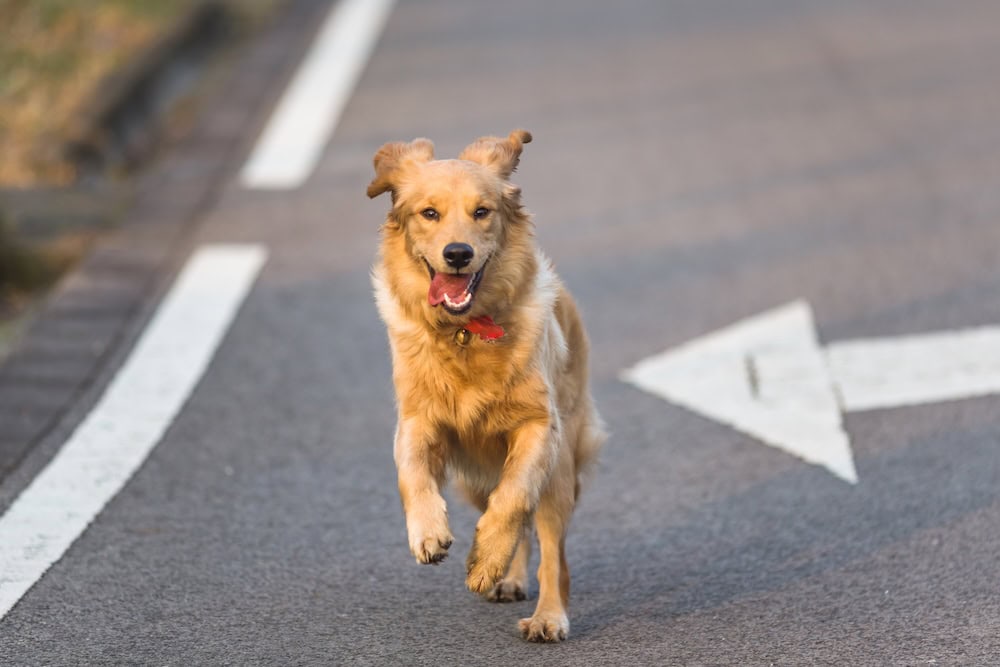
To teach a reliable recall consistently apply these motivation-based, evidence-backed strategies.
Remember, this isn't an overnight fix; building strong recall takes weeks of dedicated, consistent practice. Start with the foundations of name recognition and low-distraction environments, then gradually increase the challenge level using your long line for safety.
With patience, high-value rewards, and a systematic approach, you'll develop the strong, joyful recall response that keeps your dog safe and responsive, giving you both the freedom to enjoy your walks.
To learn how to install the recall cue itself keep your eyes peeled, for now how about some retail therapy in my articl on best dog training gear or how about my 5 favourite long lines?
If you're looking for online help with your dog and want to speak to a professional – book some time with me to get you and your dog on the right path.
